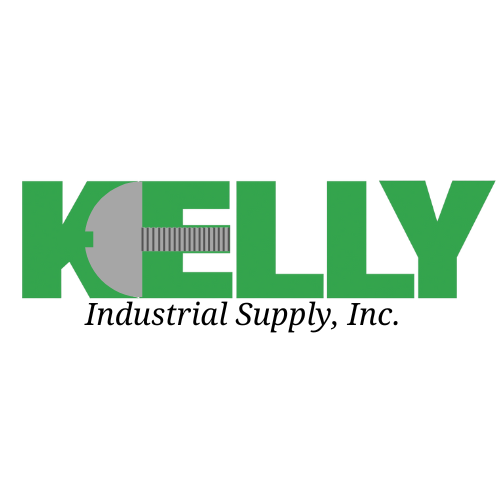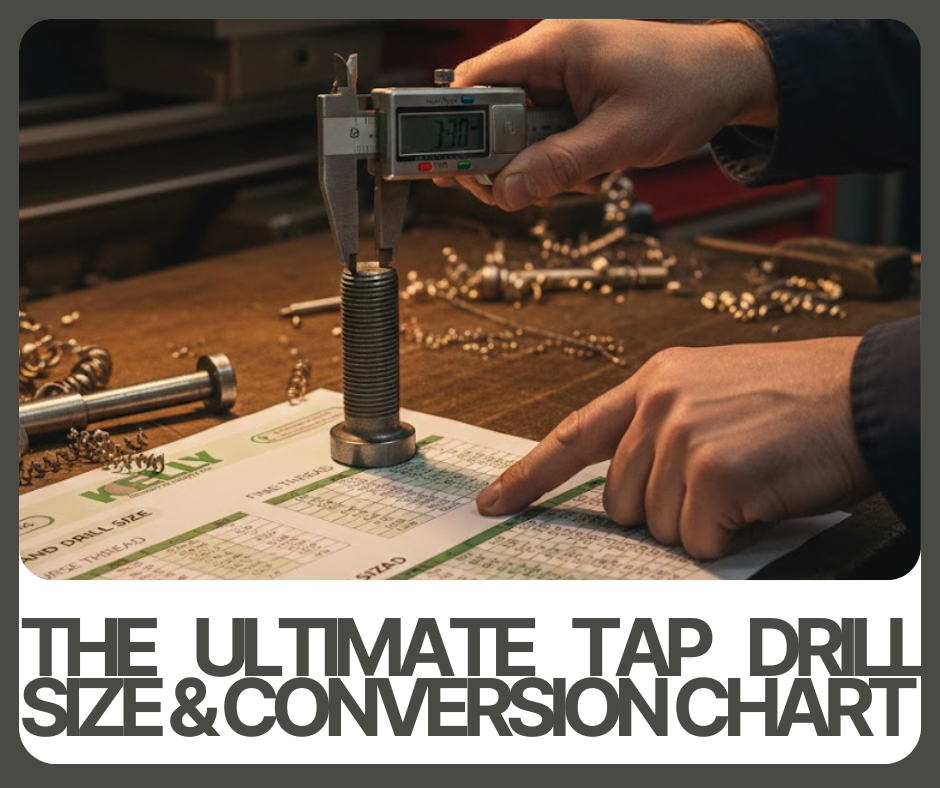The Ultimate Guide to Hydraulic Hose Pressure Ratings
- Kelly Industrial
- Jul 17
- 3 min read

Choosing the right hose for your application is crucial. Using the wrong type can shorten the hose's lifespan, require more frequent replacements, or—worse—lead to dangerous situations such as equipment failure or leaks.
Hoses are classified by various factors. When selecting the right one, it’s important to consider all of them, including construction/reinforcement type, hose size, temperature range, pressure rating, and other performance characteristics.
Today, we’ll focus on hoses based on the pressure level they’re designed to handle.
Let’s begin with the basics: what is pressure in hydraulic hoses, and why does it matter?
Pressure refers to the push generated by the fluid inside the hose. Every hose is rated for a specific pressure range—both minimum and maximum.
Choosing a hose with the correct pressure rating is essential for safety and performance. For example, using a low-pressure hose in a high-pressure application can result in leaks, hose and equipment damage, or even injury—ultimately leading to costly downtime or failed projects.
A typical hydraulic hose is made up of three main components: the inner tube, reinforcement layer, and outer cover.
Inner Tube: This layer is in direct contact with the fluid. It must be compatible with the type of fluid being used in your application. Inner tubes can be made from materials such as synthetic rubber, Teflon (PTFE), or thermoplastics, depending on the chemical and temperature requirements.
Reinforcement Layer: This is the core structural component of the hose, responsible for handling and distributing pressure. It typically consists of braided or spiral-wound wire or textile material. This layer is especially important when choosing hoses based on pressure ratings, and we’ll look at it more closely in the next section.
Outer Layer: This last layer protects the hose from external wear, weather, and corrosion. It also shields against oil, chemicals, and UV exposure, helping to extend the hose’s service life.
Hydraulic hoses are generally categorized by their pressure capabilities — low, medium, and high-pressure — and each type is suited for specific applications. Let’s break down these categories to help you determine which hose best fits your job.
1. Low-Pressure Hoses
Low-pressure hoses typically operate at up to 300 PSI (pounds per square inch). These hoses are designed for applications where fluid is moved without the need for high force. They are usually soft, flexible, and lightweight, which makes them easy to handle. These are typically seen in agriculture, at the gas station, or even in your home.
Depending on the application, the reinforcement layer on a low-pressure hose can be made of textile braid, or may not be included at all.
Common Applications:
Fuel lines
Air or water transfer in non-critical systems
Agricultural environment
Gasoline or diesel fuel transfer
Light-duty shop equipment
Because they aren't reinforced for high pressure, these hoses should never be used in systems where spikes in pressure are possible. They offer cost effective and durable solutions for steady operations where flexibility is needed.
2. Medium-Pressure Hoses
In these applications the average operation pressure goes up to 3000 PSI. These hoses are reinforced and designed to handle more demanding hydraulic systems commonly found in industrial and construction equipment.
The reinforcement layer is typically single or double wire-braid reinforcement.
Common Applications:
Tractors
Forestry and landscaping machinery
HVAC units
Utility vehicles and light construction equipment
Industrial automation systems
If correctly sized and measured, they work well in applications where high pressure isn’t needed.
3. High-Pressure Hoses
The average operation pressure typically varies between 3000 and 6000 PSI, but can be higher in specific situations.
Unlike low- or medium-pressure hoses, high-pressure hoses have spiral-wound reinforcement layers, usually made of four or more plies of high-tensile steel wire. This spiral construction provides exceptional strength, durability, and pressure resistance, allowing the hose to resist high pressure and sudden spikes. However, this construction also makes the hose thicker, heavier, and less flexible.
Applications:
Excavators, bulldozers, and other heavy construction machinery
Drilling equipment
Hydraulic presses and lifting systems
Industrial manufacturing lines and automation
High-capacity hydraulic cylinders
Oil and gas field operations
Because of the extreme pressure involved, it’s crucial to consider all factors when choosing a hose—such as the inner tube material for example. A single mistake at this level can lead to far more serious consequences than in lower-pressure systems.
Selecting the correct hydraulic hose is more than just matching sizes and fittings—it's about understanding the demands of your system and ensuring the hose can perform under those conditions. A misstep in hose selection—especially in high-pressure applications—can result in system failure, costly downtime, environmental hazards, or even personal injury.
At Kelly Industrial Supply, Inc we offer hose assemblies tailored to your specific needs. Contact us today and stay safe!




Comments